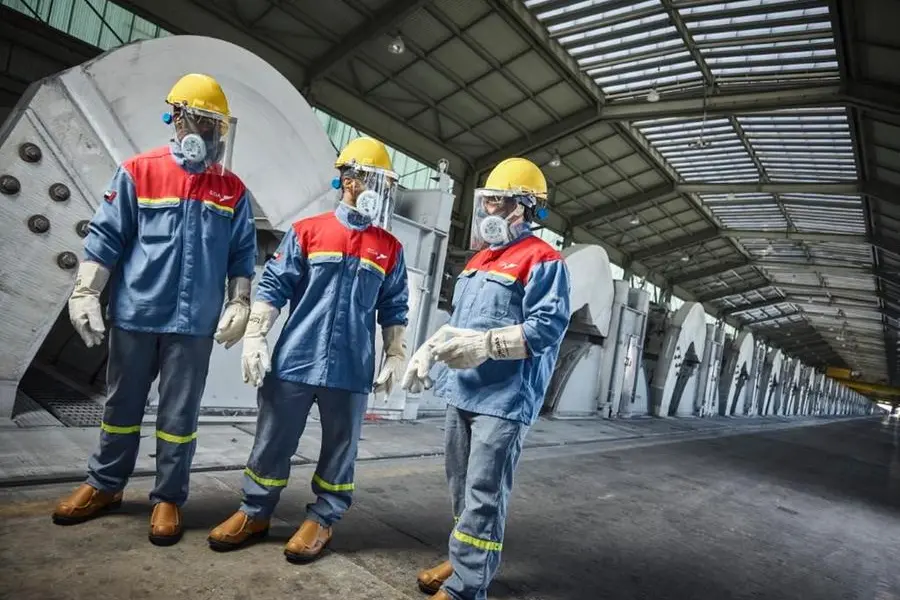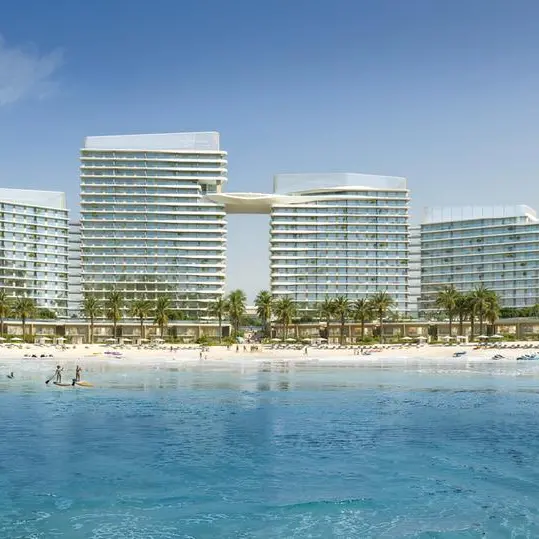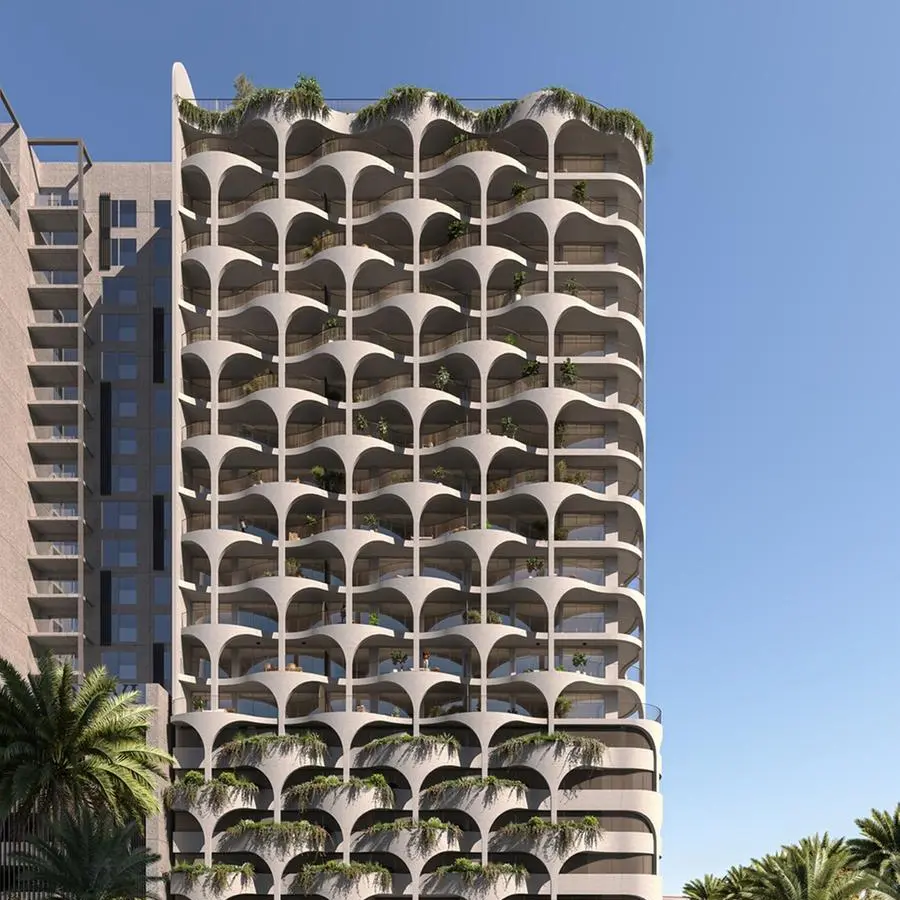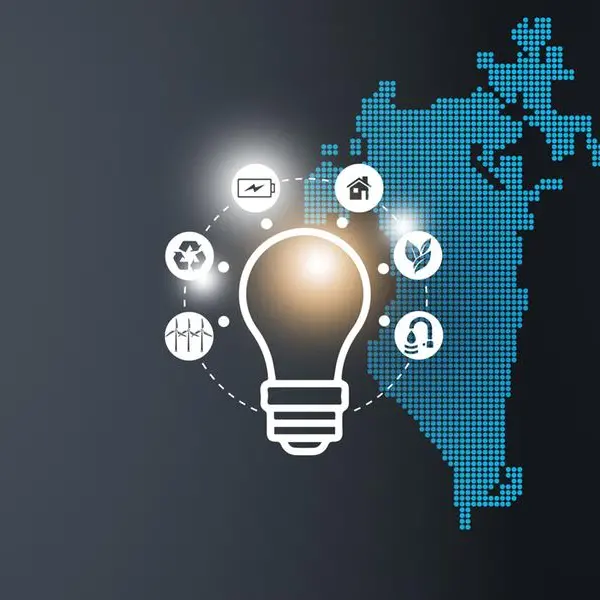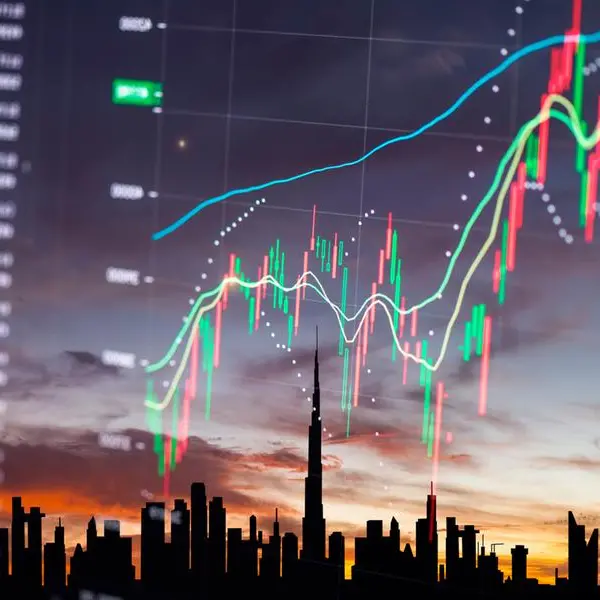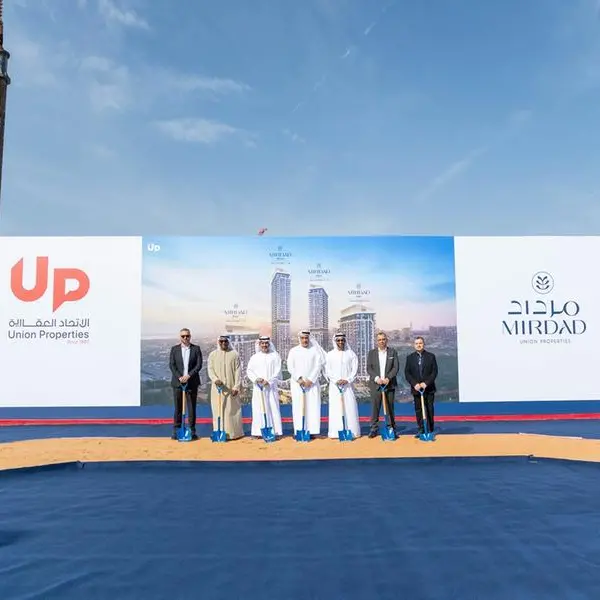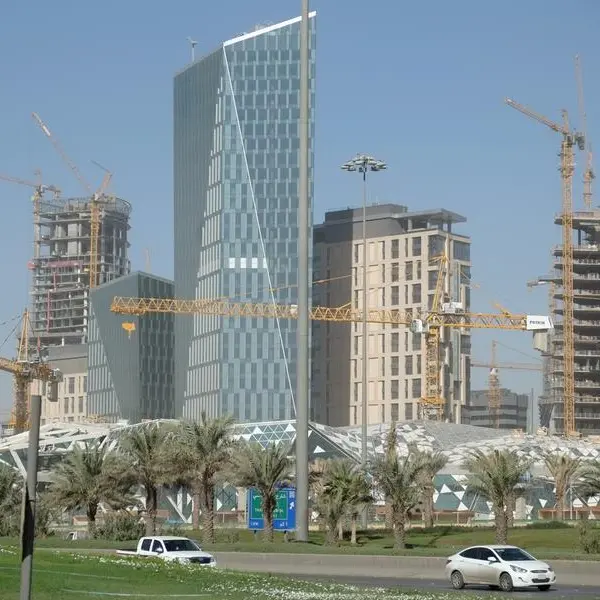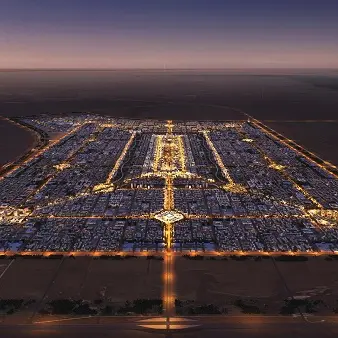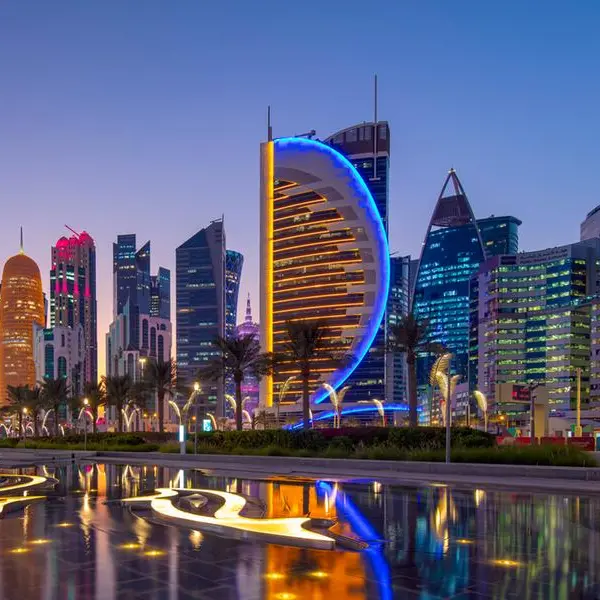PHOTO
The Republic of Guinea, located in West Africa, is targeting to mobilise more than $3 billion in funding from Dubai for projects under its Interim Reference Programme (IRP) 2022-2025.
These projects will be showcased at a Round Table of Donors (RTD) event on the sidelines of World Government Summit (WGS) in Dubai on 15 and 16 February 2024
“The RTD is about securing essential funding and establishing long-term strategic partnerships that are essential for our nation's growth," said Rose Pola Pricemou, Minister of Planning and International Cooperation at a media round table on Thursday.
She said the IRP aligns Guinea’s development with the Guinea 2040 Vision, the Sustainable Development Goals (SDGs) for 2030, the ECOWAS 2050 Vision and the African Union (AU) Agenda 2063.
The total cost of the IRP amounts to 108 trillion Guinean Franc, approximately $12.273 billion. While 72 percent of the funding would be raised through domestic resources, the RTD is envisioned to address the remaining funding needs through increased domestic savings, borrowing, establishing a sovereign fund, and international support.
“The Round Table is not just about funding; it's about laying the groundwork for a new type of partnership for Guinea's development. We aim to continue our dialogue with traditional partners while exploring new global partnerships and promoting South-South and Triangular cooperation," the Minister added.
UAE-based Emirates Global Aluminium (EGA) is among the major investors in Guinea with its $1.4 billion bauxite mining project, operational since 2019.
Ismael Nabe, Advisor to the Prime Minister of the Republic of Guinea on Public Private Partnership (PPP) told Zawya Projects that a total of 55 projects across multiple sectors will be showcased at the RTD.
He underlined that most of the projects would be offered to investors on PPP basis.
“We have put into place a PPP framework in the country. The government has an ambitious public investment programme covering areas including water, electricity, healthcare and roads,” he said.
In terms of other investor assurances, Nabe noted that Guinea is expected to post 5.6 percent growth in GDP in 2023.
He continued: “The Guinea Franc has appreciated since 2020 – this reflects the strong mining output and tight monetary policies. The government’s policy decisions seek to drive economic diversification and build Guinea’s human capital base.”
The $15 billion Simandou project is a notable one in the new investment landscape. The project aims to tap the world’s largest high-grade iron ore deposit.
“This is the largest integrated mining and infrastructure project ever realised in Sub-Saharan Africa and is expected to increase Guinea’s GDP by $10 billion by 2030,” Nabe said. The country’s GDP currently stands at an estimated $48.75 billion.
The Simandou project also involves the construction and operation of a 600km main railway line to connect the iron ore blocks to the port, and the construction and operation of a large mineral port for exports.
The official said the Rio Tinto-Simfer Joint Venture, which holds the rights to blocks 3 and 4 have concluded a number of key agreements with the Winning Consortium Simandou (WCS), the developers of blocks 1 and 2, and Guinea government, with the most recent agreement creating the legal framework for the shared use of the railway and port facilities.
“Production is expected to commence in 2025 with output expected to be 60 million tonnes per year by 2030,” he said.
(Reporting by Anoop Menon; editing by Seban Scaria)
